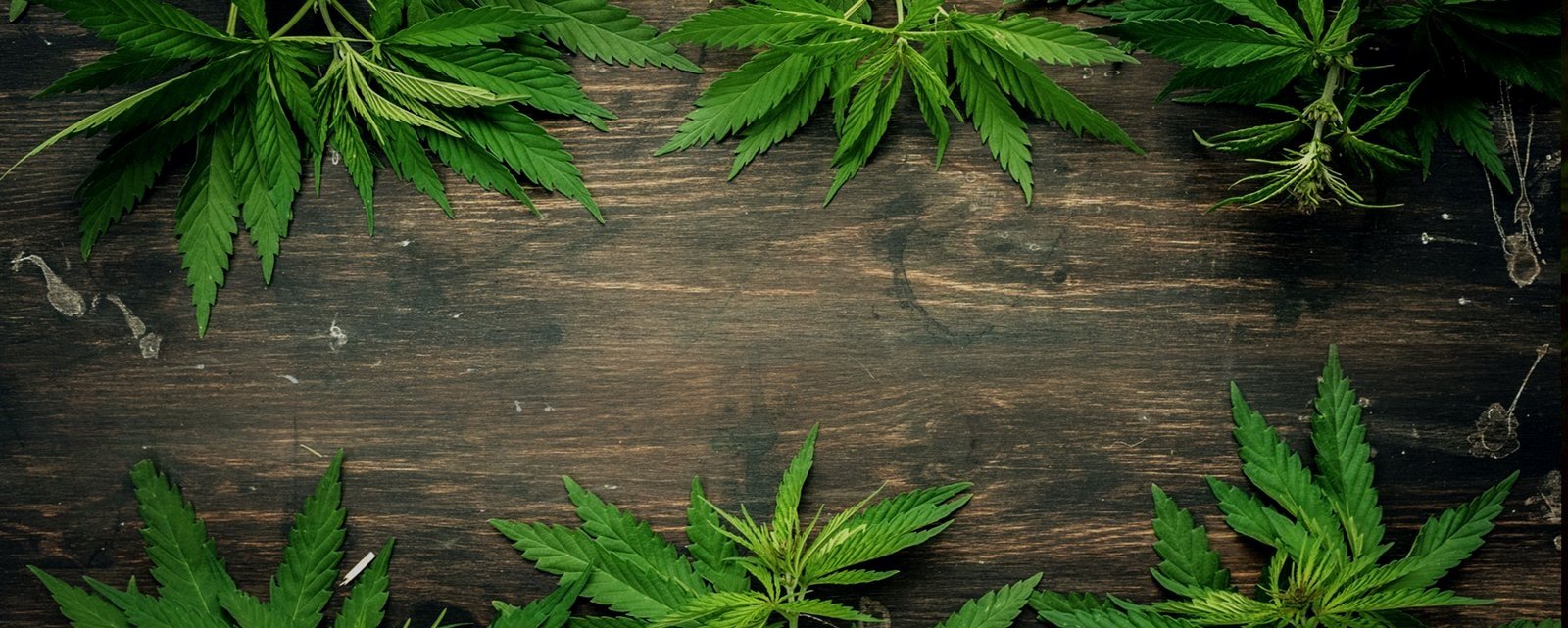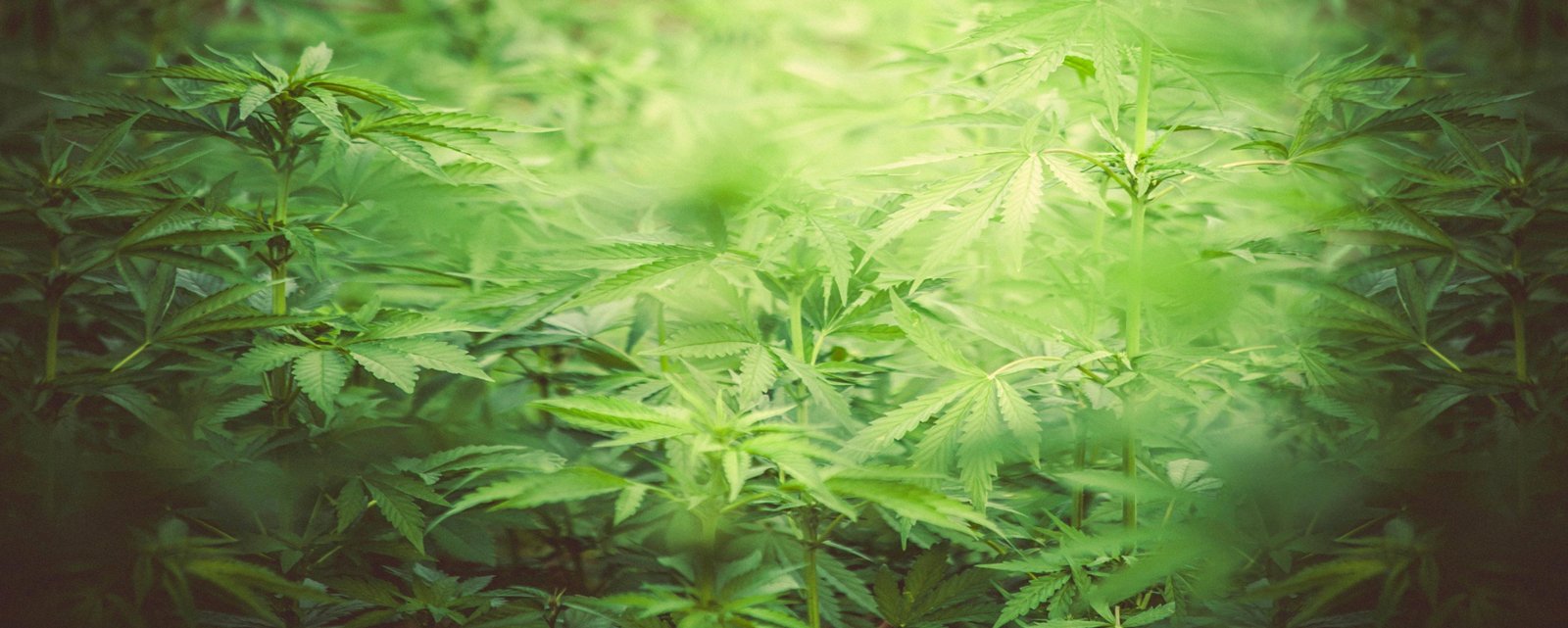
HEMP & CANNABIS SCREENING
BriteBox Labs was founded by pioneers in the cannabis testing space, drawing on a decade of experience in cannabis compliance testing, with the goal of providing accurate, timely testing with current analytical practices and modern equipment.
We perform all of the state’s required Compliance Tests, as well as other informational tests available to all.
We even offer Genome, Virus, Gender Identification, and more for your plants.
You can schedule accredited sampling, or just provide R&D samples for your own information.
We want to partner with you, and we’ll help you figure out what you need.
COMPLIANCE TESTING:
• Potency
• Pesticides
• Water Activity
• Moisture Content
• Residual Solvents
• Terpenes
• Heavy Metals
• Microbiology
Pre-Harvest Hemp & Cannabis
Before harvesting, it is important to test your hemp to ensure that it is growing with the right amount of THC and CBD. It is helpful to identify any potential issues that may endanger the health of your hemp. Below you can find more information from the Oregon Department of Agriculture.
-
To request sampling and testing a grower must submit a sampling request form provided by the Oregon Department of Agriculture that includes:
(a) A written sampling request for THC analysis for each harvest lot, as identified by the harvest lot identifier, for which the grower is requesting sampling and testing and the total number of harvest lots to be sampled and tested;
(b) A description of the location of the production area of each harvest lot, as identified by the harvest lot identifier, including the GPS coordinates or address of the harvest lot; and
(c) A written description and visual depiction of each harvest lot to be sampled and tested such that the production area for each harvest lot is apparent from a visual inspection of the premises and easily discernible from other harvest lots.
As of January 1, 2022 sampling of the harvest lot must occur not more than thirty (30) days prior to harvest. Harvest must be complete within the applicable time period for sampling or the grower must arrange for additional sampling of the unharvested cannabis in accordance with these rules.
If a purpose of the harvest lot is to produce flower, the grower must arrange for sampling such that flowers are present at the time of sampling. In this case, only plants with flowers shall be sampled.
The grower or authorized representative must provide the sampler with unrestricted and unobstructed access to all hemp and other cannabis plants whether growing or harvested and all lands, buildings, and other structures used for cultivation, handling, and storage of all hemp and Cannabis and all other locations listed in the grower’s license.
During a scheduled sampling, the grower, person in charge of the grow site, or an authorized representative of the grower shall be present at the grow site.
Plant Virus and Pathogen Testing
Britebox Labs covers a wide variety of testing for cannabis plants which includes Cannabis Cryptic Virus, Hop Latent Viroid, Lettuce Chlorosis Virus, and Pathogens! We also have test kits for a quick and easy way to sample your plants and get results from our laboratory.
-
HEAVY METALS AND MICRO-BIO
• Heavy metals, if harvested or manufactured on or after March 1, 2023
• Microbiological containments, if harvested or manufactured on or after March 1, 2023
• Heavy Metals are metallic elements with high atomic weights that can be toxic and harmful to living organisms when present in high concentrations.
• Microbiological contaminants refer to microorganisms that can cause illness or infection in humans when present in high levels in food or other products. Microbial contamination in cannabis can occur during cultivation, harvesting, processing, and storage.
PLANT VIRUSES AND VIROIDS
CANNABIS CRYPTIC VIRUS
CCV can be vertically transmitted through seeds, which means breeders may want to screen plants before crossing. Researchers detected CCV in leaves showing signs of hemp streak virus; however, the presence of CCV alone did not cause streak symptoms. It’s possible that CCV interacts with other fungal pathogens to produce disease symptoms in cannabis and hemp plants, which is why monitoring the presence of CCV could be valuable.
HOP LATENT VIROID
Hop latent viroid (HLVd) was first identified in the hop plant, but it can also infect cannabis, which is a relative of hops. It completely depends on the metabolism of the host plant. Once infected, plants can only be saved via a lengthy tissue culture process that will produce a new viroid-free plant.
LETTUCE CHLOROSIS VIRUS
The visual signs of LCV infection include yellow, rolling, brittle leaves. Cannabis and hemp plants that are infected early will suffer stunted growth, but may not show visual signs until a few weeks into flowering. While the infection does not kill cannabis and hemp plants, it significantly affects yield and potency. The plant will produce smaller flowers with fewer trichomes, cannabinoids, and terpenes.
MOLD, MILDEW AND FUNGUS
ASPERGILLUS
Aspergillus is known to produce fungal infections, or Aspergillosis, in people with compromised immune systems. Several strains of Aspergillus produce mycotoxins. Starting in Jan 2023 the OLCC will require testing for 4 Aspergillus strains; A. flavus, A. fumigatus, A. niger, A. terreus.
BOTRYTIS CINEREA
Often called “Bud Rot” or “grey mold”, Botrytis cinerea is a systemic mold infection in Cannabis. The infection starts within the bud, making it difficult to detect in the early stages of infection. It can remain dormant for long periods of time before it sporulates. Peer-reviewed papers have also shown that Botrytis is a systemic infection that can be passed to future generations via seeds.
FUSARIUM
Fusarium is a soil-dwelling fungus that causes yellowing and wilting of cannabis leaves and stems. The fungus can sit dormant in soil for years before becoming active and infecting a viable host plant. There is no effective treatment against fusarium. Infected Cannabis plants, as well as any seeds they produce, are a lost cause.
POWDERY MILDEW
Powdery Mildew can vascularize into the plant tissue and remain invisible to a grower. It is arguably the most destructive Cannabis pest. It is an obligate biotroph, it can only extract nutrients from living plant tissues and cannot grow apart from their hosts. It tends to emerge and sporulate 2 weeks into flowering thus destroying very mature crops with severe economic consequences.
Plant Gender & Genetics
Plant Genetics can be coached to express varying concentrations of cannabinoids, but the relative ratios of the key cannabinoids, THCA and CBDA, are usually genetically determined. We offer testing for Cannabis Gender, DNA Sequencing, and full panel results for all Cannabis plant types.
-
Plant genetics can be genetically determined. As an example, there are no known agricultural methods to make a CBDA-dominant strain become a THCA-dominant strain via environmental conditions. These critical chemo types are governed by gene knock outs in their respective enzymatic synthases (CDBA Synthase and THCA Synthase).
USE GENETIC SCREENING TO DETERMINE PLANT TYPE
Most cannabis plants can be classified into four groups based on their cannabinoids profiles: THCA-dominant Type I plants, THCA:CBDA hybrid Type II plants, CBDA dominant Type III plants, and CBG-dominant Type IV plants. Cultivators can use genetic screening tools that detect whether the THCA synthase gene and/or the CBDA synthase gene is present in a plant. Different combinations of results on the respective tests will indicate the plant type.
SCREEN FOR KNOWN VARIANTS
Identify plants with desirable traits, such as cannabinoid and terpene synthase, pathogen resistance, sex determination, and more!
FIND NOVEL VARIANTS
Identify plants with amino acid changing variants that could affect cannabinoid production.
BUILD AN IP CASE
Use genetic information about your cultivar to prove prior art or demonstrate novelty.
STABILIZE GENETICS
Monitor heterozygosity values to stabilize genetics and reduce variability among progeny.
DETERMINE RARITY
Find out how rare your cultivar is or identify potential breeding partners when you compare it to other cultivars in the Kannapeida database.
VERIFY GENETICS
Compare your plant’s specific DNA code to known cultivars and determine whether you are growing or selling your desired strain.

TERPENES
A lot of attention is given to THC potency and cannabinoid concentrations, but cannabis connoisseurs are increasingly looking at terpene profile as the true measure of quality extracts and concentrates. Each cannabis strain has its own profile. Our terpene test results will provide you with a readout of your samples’ terpene profile.
Terpenes are valued for their flavor and therapeutic effects. Terpenes are naturally occurring chemical compounds found in plants and some animals. Though cannabis contains a variety of terpenes in high concentrations, most people are familiar with terpenes from spices, teas, and essential oils we use every day. The fragrance of most plants is due to a combination of terpenes, which create the characteristic scent of plants like pepper, pine, lavender, and cannabis.
We test for 42 Terpenes:
n-Nonane, a-Pinene, Camphene, Sabinene, ß-Myrcene, ß-Pinene, a-Phellandrene, Carene, a-Terpinene, ß-Ocimene, Limonene, trans-ß-Ocimene, Eucalyptol, g-Terpinene, Terpinolene, Sabinene Hydrate, Linalool, (+/-)-Fenchone, (+)-Fenchyl alcohol, Isopulegol, (+/-)-Camphor, Isoborneol, Menthol, (+/-)-Borneol, a-Terpineol, g-Terpineol, Nerol, Geraniol, (+)-Pulegone, Geranyl acetate, cis-Farnesene, trans-Farnesene, a-Cedrene, beta-Caryophyllene, a-Humulene, Valencene, cis-Nerolidol, trans-Nerolidol, Guaiol, Caryophyllene oxide, (+)-Cedrol, a-Bisabolol







